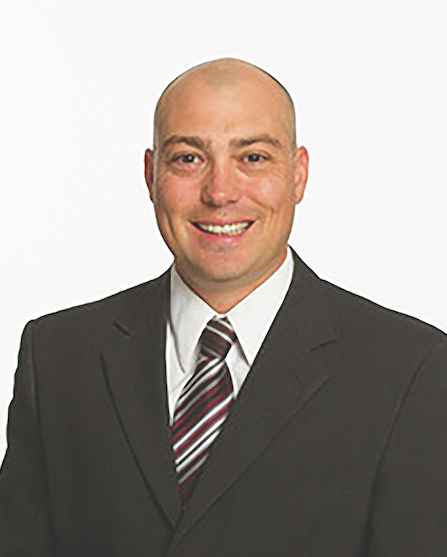It is with mixed emotions that I (Jen) start writing this Editors’ Note for our last issue of Presbyopia Physician. For over a year, I have had the honor of working alongside my amazing co-editor Dr. Jacob Lang; our managing editor Steve Lenier; and the editorial board, in helping to create great content for our readers. I also must thank the wonderful Dr. Elizabeth Yeu, the original co-editor of Presbyopia Physician, who graciously allowed me to follow in her footsteps.

We would like to extend our sincere gratitude to the contributing authors and the editorial board of Presbyopia Physician for their invaluable work and dedication to advancing knowledge in our field. Your insightful articles, rigorous research, and thoughtful perspectives have shaped the conversation about presbyopia management, providing clinicians with essential guidance and support. Thank you for your commitment to excellence and for helping to make Presbyopia Physician a trusted resource for our community.
This magazine has been unique in that it was the first and only publication focusing solely on presbyopia for both ophthalmologists and optometrists. Its articles not only have focused on the many ways to treat presbyopia medically and surgically, but they have also discussed the basic science of presbyopia, the diagnosis of presbyopia, new technology, and practice management. We’ve observed, in a short time, a wealth of new information in this field, as well as tireless commitment from scientists, clinicians, and companies alike.
In this issue, a feature by Dr. Richard Lindstrom explores the new options in pharmacologic treatments for presbyopia correction (PARCs) and how this treatment type can fit into the broader treatment. Dr. Jade Coats helps us to understand the importance of educating patients about new and upcoming presbyopia-correcting drops before they see direct-to-consumer marketing and why our guidance as eye doctors is essential for our patients on this presbyopia journey.
The importance of tailoring the patients’ presbyopic visual needs in all aspects of life, including sports and athletic activities, is highlighted by Drs. Jennifer Stewart and Derek Cunningham. Dr. Stewart eloquently describes how there is not a “one-size-fits-all” approach to meeting our patients’ visual needs and that more than a single solution may be needed, while Dr. Cunningham focuses on the explosion of pickleball and how we can meet the needs of an unbelievable percentage of our presbyopic patients.
Dr. Yuri McKee shares exciting news about the development of the JelliSee intraocular lens (IOL). He highlights the defocus curve of the lens, which is very similar to that of a 10-year-old child.
And, although we have so many options now in terms of presbyopia IOLs, the trick has always been how to best explain to our patients what their vision may be like, and then let them decide. But how do we really explain this information and ask them to make a lifelong decision? Luckily, Dr. Jay Pepose and Dr. Scott MacRae show us the SimVis Gekko Binocular Visual Simulator, which will finally allow patients to “test drive” their vision. Soon we may be able to better counsel our patients regarding the “best” option for them and also better show them the possible side effects. This technology may also have the ability to evaluate multifocal contact lens designs.
In closing, thank you to all our readers and for all the support over the years for Presbyopia Physician. It has truly been an honor, and while our magazine will not be continuing, please continue to turn to Ophthalmology Management and Optometric Management for relevant presbyopia content. Stay tuned!










